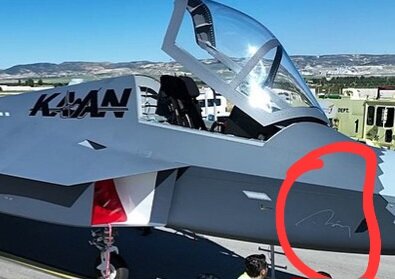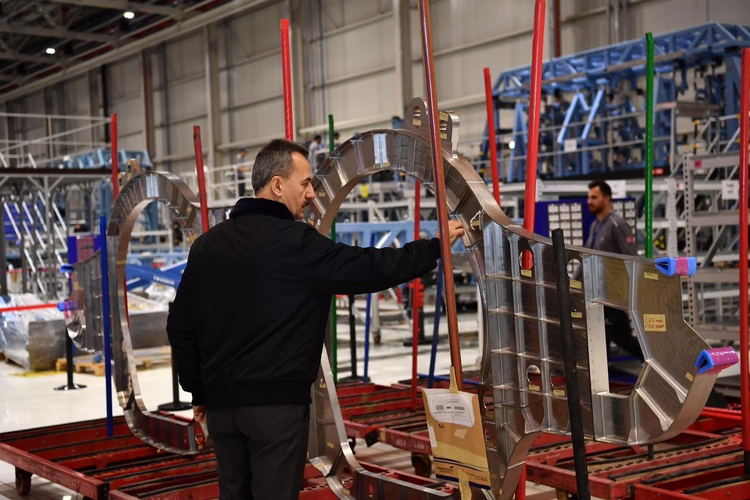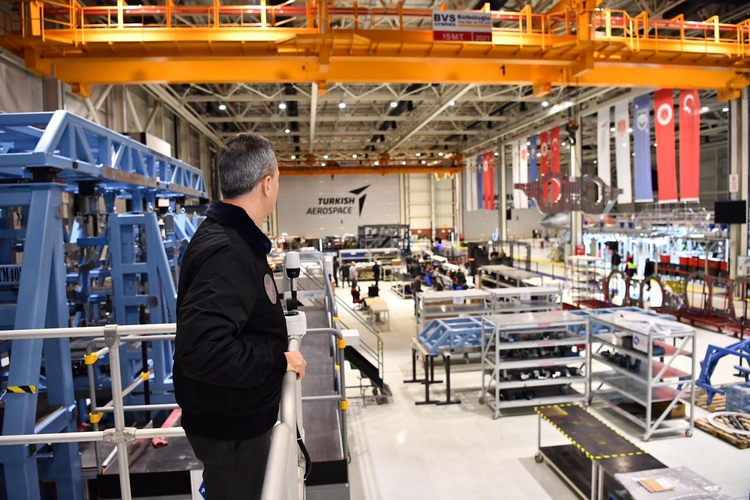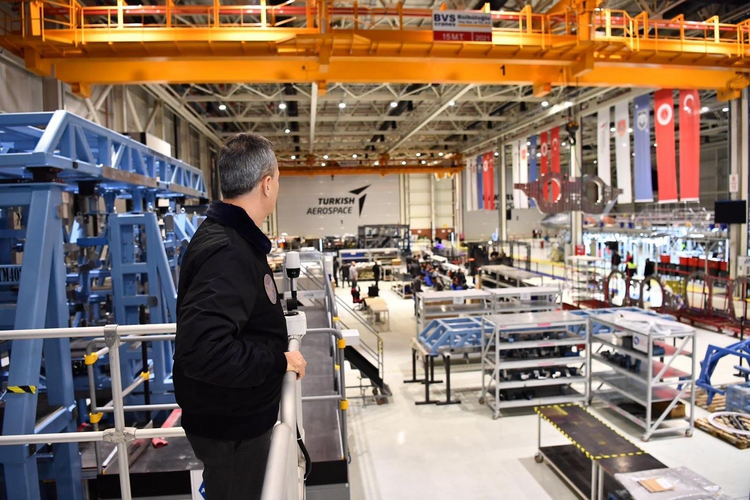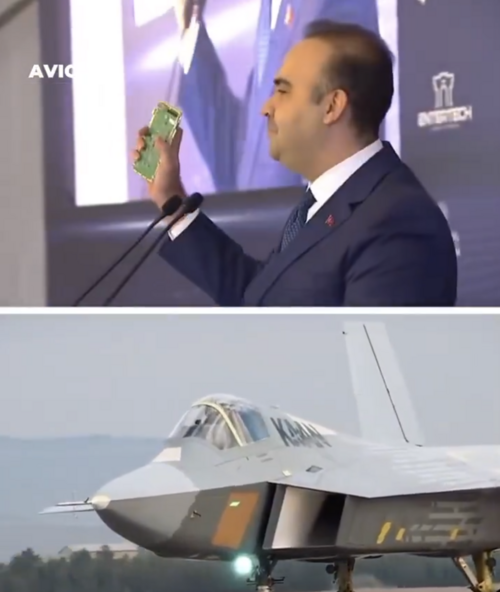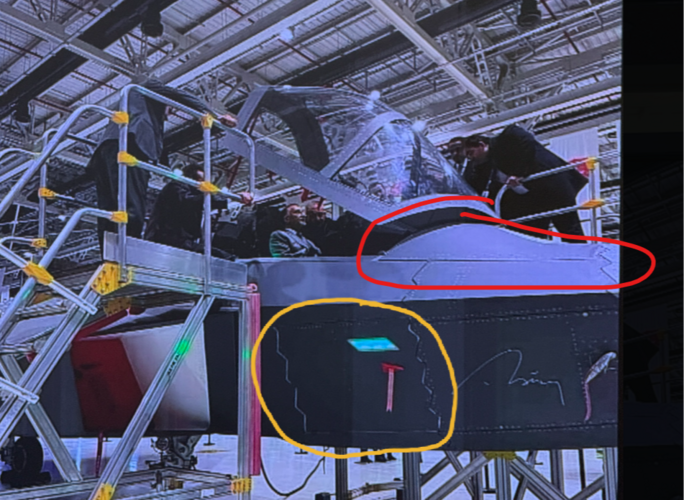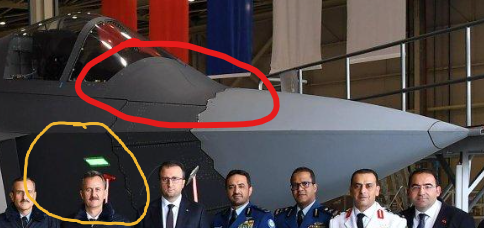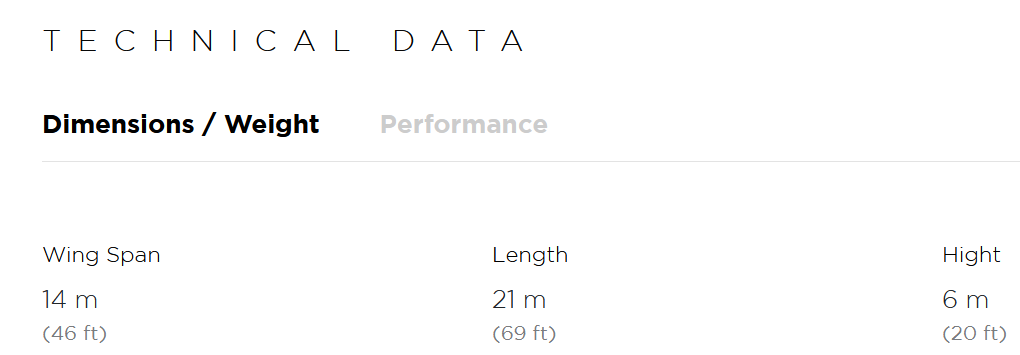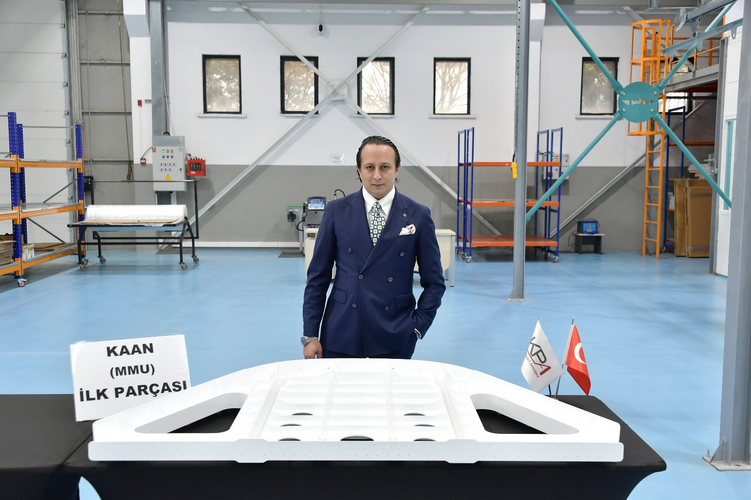"Kaan's new brochure shows new dimensions of aircraft. According to brochure, the length has shortened by 0.7m, the wingspan by 0.6m and the height by 1m."
View: https://x.com/T_Nblty/status/1879202535472566766
------------
DIMENSIONS / WEIGHT
Wing Span 13.4 m
Wing Area 71.6 m2
Length 20.3 m
Height 5 m (20 ft)
Maximum Take Off Weight 60,000 lb
Engine Thrust Class 2 x 29,000 lb
Maximum Speed 1.8 Mach (at 40,000 ft)
Service Ceiling 55,000 ft
Positive / Negative G Limit +9g / -3.5g
FEATURES
Multirole (Air-to-Air & Air-to-Ground)
Super Cruise Capability
High Maneuverability
Low Observability with Weapon Bays
Extended Combat Radius
Interoperable with Current & Future Assets
High Situational Awareness
Optimized Pilot Work Load
with Decision Support Capability
Within & Beyond Visual Range Missiles Employment
Precision Strike
New Generation Avionics
• Integrated Radio Frequency System
• Integrated Electro Optical System
• Integrated Communication Navigation Identifi cation System
• Integrated Modular Avionics
• Large Area Display
• Helmet Mounted Display
